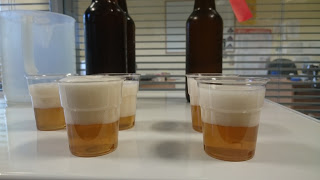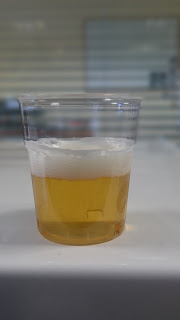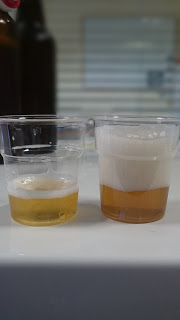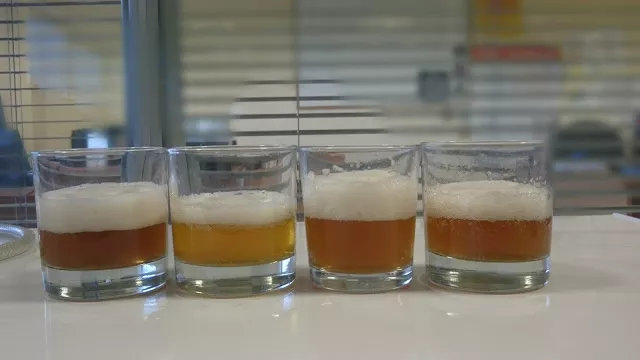Bottle conditioning with brettanomyces strains can be extremely difficult for homebrewers due to the unpredictable nature of Brett refermentation. We caught up with JK in the UK for his advice on how to safely approach this technique;
Having had some previous experience with Brettanomyces refermentation in an imperial stout I’ve been keen to experiment and look into this some more. There is evidence to suggest that this is an extremely difficult and dangerous pastime with bottle bombs being the obvious issue but the payoffs are fantastic.
The usual way to approach this is to brew your beer, store it in casks or a conditioning tank, inoculate with Brettanomyces and then wait for the Brett character to develop. This is a great, safe way to do things and the way I did it with Tsar Bomba. I have heard though that missing out the conditioning/storage stage is a great way for the Brett character to shine through in your beer even more.
How to approach this then, and what Brettanomyces variety to use? The main problem is going to be over carbonation….but is it? Orval is refermented with Brett with a target of 5 Volumes of CO2 therefore if I can get the refermentation to not exceed 5 Volumes that should be fairly safe?
So, if I brewed a beer that ends at 1.010 that will theoretically leave me 10 gravity points to deal with. Brettanomyces should be able to ferment carbohydrates up to 9 molecules long so could it potentially ferment to 1.000? No idea but I’ll plan the beer as if it can.
Next question, what will 10 gravity points garner me in terms of refermentation volumes of CO2?
Each gravity point yields 0.51 vol CO2 therefore a drop of 10 points would give 5.1 Vol CO2 and based on Orval’s target carbonation I should be fairly safe.
Recipe Formulation:
I think a simple Belgian pale ale will suffice
OG: 1.055
Pilsner malt
Munich malt
Belgian candy sugar
Wyeast 3522
30 ibu’s
Brettanomyces varieties:
There are three easily obtainable Brett varieties from Wyeast and white labs, I choose Brettanomyces claussenii and Brettanomyces bruxellensis from Whitelabs
Added to that I have bottle dregs from both Boon Gueuze and Harvey’s Imperial Stout to use. I will split the bottling into four bretted batches without priming sugar, giving me the ability to compare and contrast the different strains for aroma and flavour character.
Brettanomyces Addition:
Each 500ml bottle was inoculated with 0.5ml (50,000 cells per ml) of brettanomyces slurry and then capped and placed in a 20 degree warm room.
Tastings
Harvey’s; Not overly funky but a little bit of horse blanket
 |
| Harvey’s brett strain |
Boon; Great colour and clarity and fantastic mix of funk. The malt character is not hidden by the interesting Brett character that comes through.
 |
| Great colour and clarity on the version bottled with the Boon strain |
Bruxellensis; Horribly oxidised and no Brett character whatsoever.

Claussenii: Again, horribly oxidised with zero Brett character.
 |
| Great colour comparison between the Boon (L) and the Claussenii strain (R) |
This was a really interesting experiment. The colour difference between the Boon and the other three beers was huge with three of the beers being much darker and showing obvious signs of oxidation. Also, all four beers were extremely well carbonated which means that there was obviously active Brettanomyces in all bottles so why was there less oxidation in the Boon? My thought is that maybe having a blend of strains rather than one isolated strain can help with oxygen scavenging in the beer. In which case, a blended strain would be better for bottle conditioning over a single strain.” – JK
Have you ever tried bottle conditioning with brettanomyces? How did it go and what did you learn?
